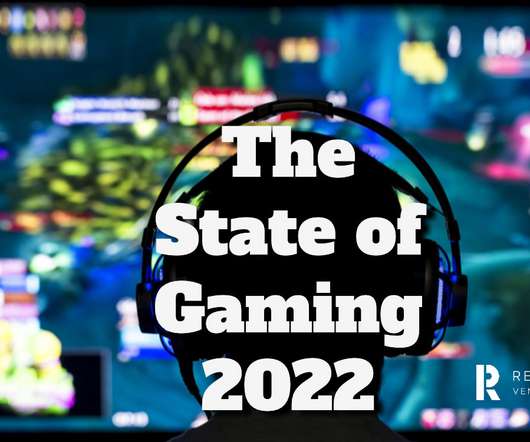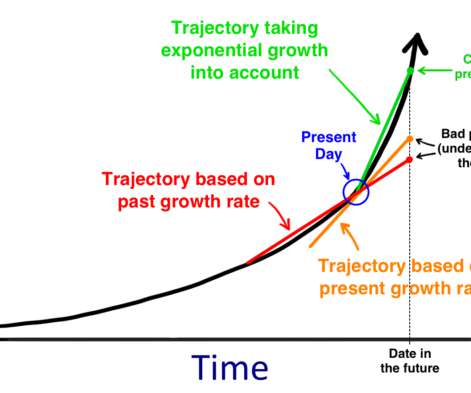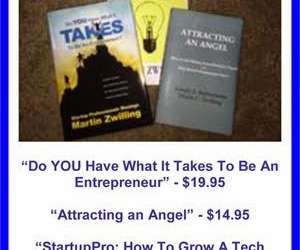The Shift from FOMO to FOLD in Early Stage Investing
View from Seed
APRIL 14, 2020
For the last several years, the early stage investing market was driven largely by the F ear O f M issing O ut, AKA FOMO. My prediction is that FOLD will permeate through the early stage investing landscape and have some pretty broad effects. Conveniently, this forms a handy acronym as well – FOLD.









































Let's personalize your content